Their Best Resource Is An Open Mind
Montana's Little Belt Cattle Company is proof that regenerative ranching works.
Greg Putnam and Tim Sheehy weren’t born into ranching. While serving their Uncle Sam as Navy SEALs, the two were deployed together and became friends. During down times, they talked and dreamed of becoming business partners in a ranching venture.
That dream became a reality in 2020 when they acquired Little Belt Cattle Company in central Montana.
But what do you do when you’re new to land stewardship and faced with pastures at the opposite ends of the grazing spectrum? Some hadn’t been grazed in years. Others had been grazed into something resembling a moonscape.
“If you don’t have the playbook from the last 150 years for the piece of ground you are managing, where do you start?” Putnam asks.
You start with an open mind, do a lot of research and ask a lot of questions. That led the business partners to regenerative ranching on their deeded and leased acres. In a way, they had no other choice.
To create their operation, the partners acquired three separate properties that they put together into one larger ranch. Those three properties had been under different ownership, had been managed very differently, and some hadn’t been managed very well at all.
“So we basically had three separate properties that needed one overall grazing plan, but each of those properties needed its own individual plan within the overarching plan,” Putnam says.
“And the interesting thing is that there are regenerative practices that fit all those different problem sets,” he adds.
“The regenerative practices that we’ve adopted here are a number of different things, and I think one thing about our operation being basically a startup ranch is that it’s given us the flexibility to kind of cherry-pick different ways of doing things,” Putnam says. They spent a lot of time early on visiting ranches and working with people. “And it’s been great because we’ve got to see what works for some people and take those things and really apply them here.”
Their principal regenerative practice is a very set overall grazing plan and a rotational grazing plan where cattle change pastures frequently.
“They’re in some pastures, depending on animal numbers and size, for five to seven days at the shortest, and up to 30 days at the longest.”
When green-up begins, they’ll start grazing the pairs on lower elevation ground in the early spring.
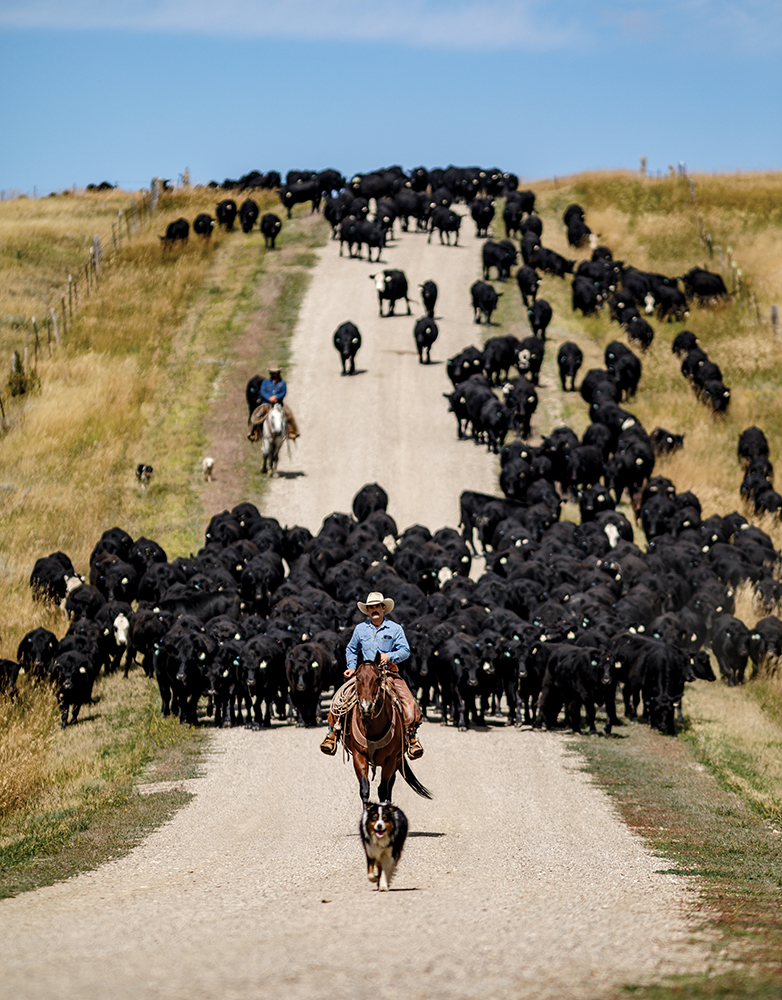
“We’ll start working those cattle up into our summer country, but really being mindful of the size of the pasture we’re on, the number of cattle thatare on there, and the number of days specifically for that pasture to make sure that it gets grazed where we feel like it’s very even.” Beyond that, they don’t graze the same pasture with the same type of cattle at the same time every year.
“So we really focus a lot on rest periods. We focus a lot on the specific days that we’re on there,” Putnam says.
To accommodate the frequent moves, some pastures are split with electric fence. “We will absolutely use some high-intensity grazing depending on the pastures that we’re on, and then we will also use more of just your rotational style of grazing,” he says.
But much of the ranch is comprised of big, mountainous pastures that are already fenced.
“So we really try to utilize what pastures we had when we took over management of this property, and basically try to best utilize those pastures for what they are, and also for what they needed for the states of condition that we found in those pastures,” he adds.
It’s worked and continues to work. Of the successes that he’s seen through implementing regenerative practices at Little Belt Cattle Company, Putnam says “No. 1 is the overall diversity of plant life, the diversity of wildlife and the overall quantity and quality of the forages in the different pastures.”
In addition to their deeded ground and private leases, they run cattle on Forest Service leases as well. However, as Putnam explains, the Forest Service isn’t known for flexibility in determining grazing plans on their allotments.
But they are concerned with land stewardship, and the Forest Service personnel found like-minded people at Little Belt Cattle Company.
“We’ve worked pretty closely with the Forest Service,” Putnam says, showing them what they have accomplished on the rest of the ranch.
“The grass on our deeded ground looks almost identical to the grass on the Forest Service,” Putnam says. “So when we started working with them and showing them what we were doing and why we were doing it and the results, they were actually really receptive to trying some new things.”
Now, Putnam and his crew are approved to implement regenerative grazing practices on their Forest Service leases.
“What they now allow us to do is put way more cattle (on an allotment) for way shorter,” he says. It’s basically the same animal unit concept but with a nod toward regenerative grazing practices. They move cattle about every two weeks instead of leaving cattle on the entire allotment for the entire summer grazing season.
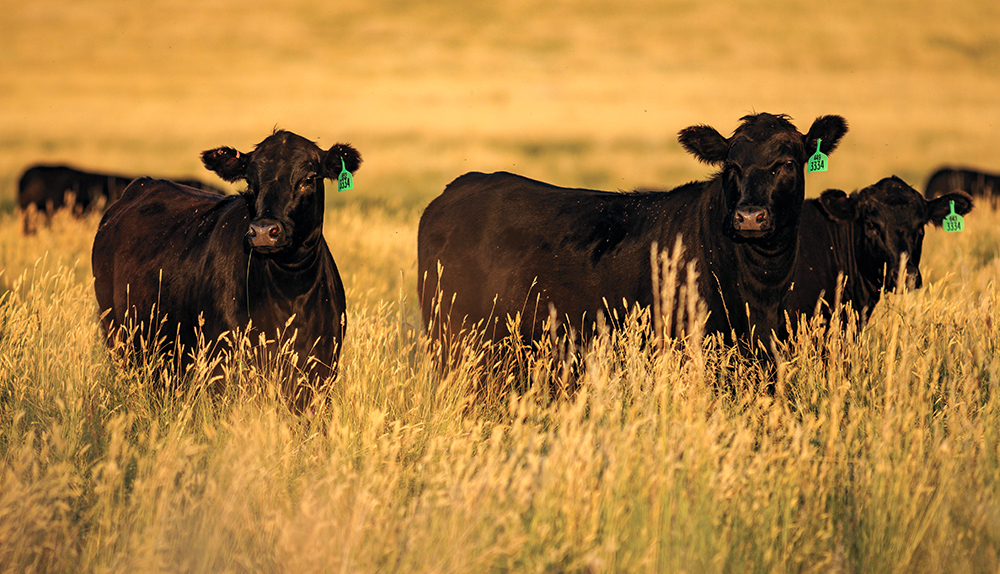
EXTENDING THE GRAZING SEASON
When they took over the operation, much of the bottomland was used for hay production, an essential winter feed when dealing with snow and subfreezing temperatures.
“When we started out, we were putting up more hay (than at present), and I’d say we were basically haying the same fields that had been hayed traditionally on this property for the last 70 years,” Putnam says.
Then they took a look at the cost to put up hay versus using the hay fields for winter grazing. The hay fields are irrigated, so they experimented with one center pivot, fertilizing only half of the field. The fertilized part definitely put up a little more tonnage Putnam says, “but not enough in my opinion to make a difference in what it was costing to put synthetic fertilizer on the ground.”
By wintering the cattle on the hay fields and stockpiling the grass that, in the past, had been put up as hay, they extended their grazing season by several months, eliminated synthetic fertilizer and reduced the cost of putting up and then feeding hay. Instead, they drag the fields in the spring, spreading the manure and leftover hay as a natural fertilizer.
They still have to put up enough hay to get the cattle through the hard winter months of January, February and March. Then spring green-up begins, and the cows have lush spring forage going into calving, which begins the middle of April.
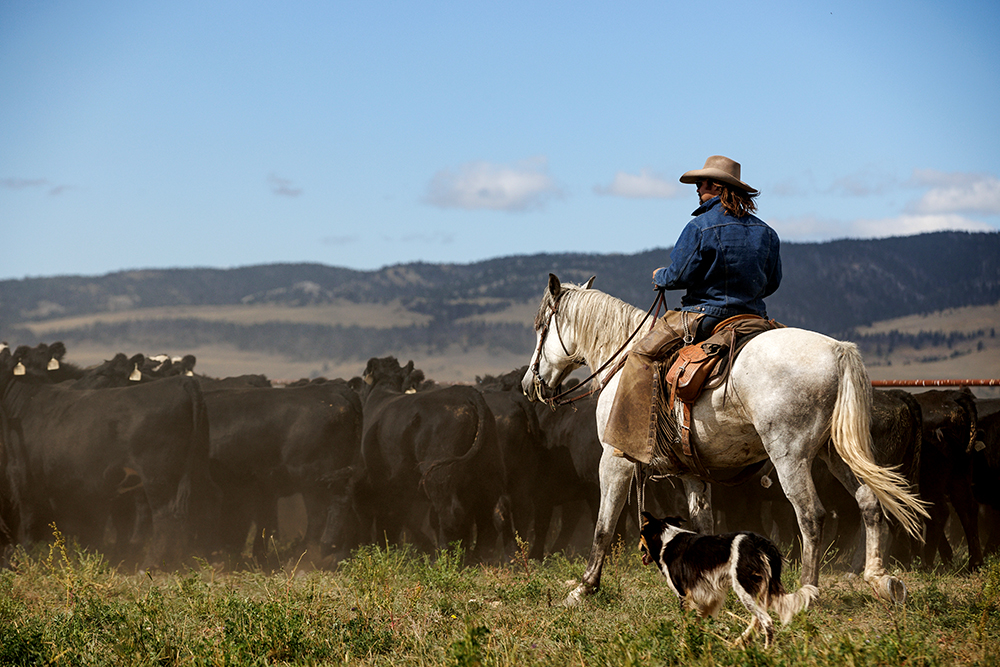
BEGINNING WITH THE END IN MIND
“Our goal from the beginning was to do a truly start-to-finish Montana product with cattle that not only stays within 90 miles of Bozeman, but we wanted to keep them within our system so that we have quality assurance from start to finish through every step in the process,” Putnam says. “That was very important to us.”
They were already producing cattle for a national performance-based program, so they knew they had the genetics to produce quality beef. However, as they investigated the prospects for a branded beef system, they discovered that Montana restaurants weren’t serving Montana beef.
They set out to change that. Their program begins with a cow-calf operation of primarily Angus-dominated genetics, as well as a yearling program and grain-finishing in a nearby feedyard.
The market for their branded beef is primarily high-end steakhouses in Bozeman and Big Sky, Montana, as well as direct-to-consumer sales through local butcher shops. To that end, grain finishing is important, Putnam says.
“The higher-end beef performance, you generally have a hard time getting that with grass-finished beef. So if you’re looking at the upper two-thirds Choice and Prime … we really have to be grain- finished, because (the restaurants) are all looking for that.”
Beyond that, by sorting for size when the yearlings are placed on feed allows them to stretch the times that cattle are ready for harvest.
“We have a very specific ration for each group,” Putnam says. “That allows me to span those cattle out over a longer period.”
That’s essential, because their restaurant customers demand not just quality in the beef they serve, but consistency as well.
“With restaurants, you’ve got to keep consistency in your size of cuts, quality of cuts and deliverability.”
In other words, the next steak has to be as good as the last one, next week and all the weeks after that.
“One of the things I love about this beef production stuff is the fact that I like seeing the end result of it,” Putnam says. “What we’re trying to do is develop super-high-quality beef that’s good for the environment and good for the people eating it.”
So far, the end result has been positive.
“What I ultimately decided was we’re a 100% Montana beef company, to include being consumed here. And people really like what we’re doing,” he says. “We want people to say, ‘I’m buying this steak because I like what the company is doing and what they stand for.’ I also want it to be the best steak they’ve ever had.”
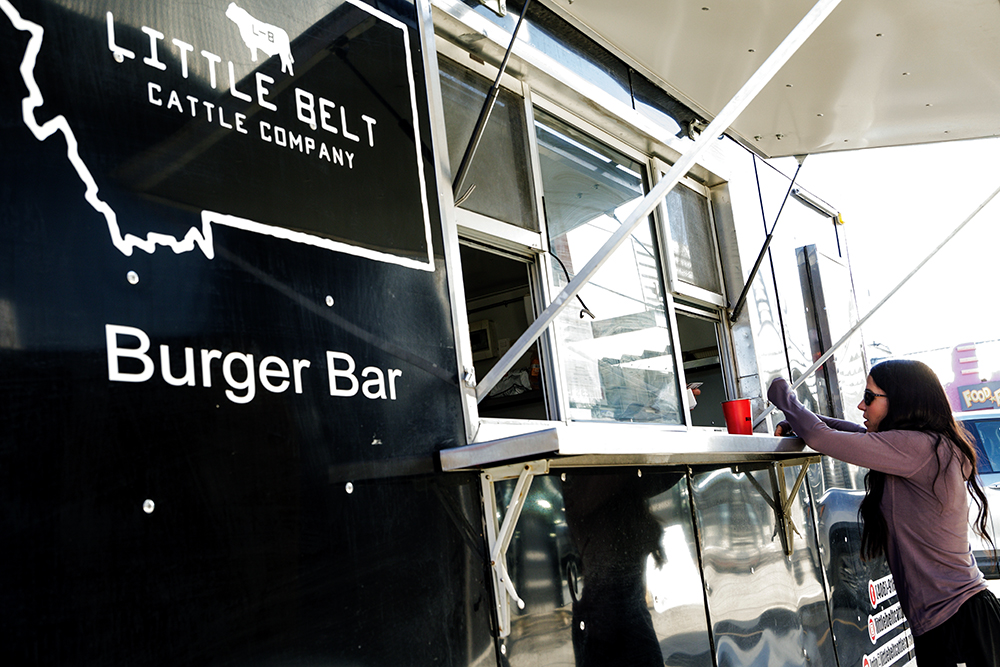
FILLING THE EMPLOYMENT GAP
Putnam served in the Navy for 10 years, and as he was transitioning out of the military, he found work on ranches in Idaho and Montana. And it clicked.
“It felt like I had the right shape peg for the right shape hole.”
Now he and the crew at Little Belt Cattle Company are giving other veterans transitioning into civilian life the same opportunity.
“We started working with a number of veteran nonprofits to introduce veterans into the agricultural space.” They’ve worked with Montana State University to help veterans as well.
He realizes that ranching won’t click with every veteran they encounter.But he wants to give as many veterans as possible the opportunity to make that decision.
“What I try to do is figure out the best way to introduce veterans (to ranching), and I want to see two things. I either want somebody to say, ‘This is not for me,’ or ‘This is 100%for me and this is where I want to go with it.’”
That pays back in more ways than one.
“A big complaint is it’s hard to find good people,” Putnam says. “So you’ve got this great industry that has a ton of opportunity, and you have this group of people that are, to a certain capacity, desperate for an opportunity. What better way to solve two problems with one solution?”
Putnam looks across the lush, green pastures of Little Belt Cattle Company and likes what he sees. So do his neighbors.
“One guy told me the other day, whose family used to own part of this ranch and who grew up here, ‘This ranch has never looked better than it does now.’”
That’s the kind of across-the-fence compliment that regenerative ranching produces time and time again.
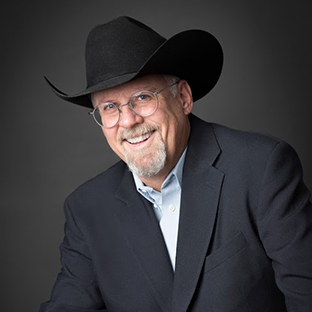
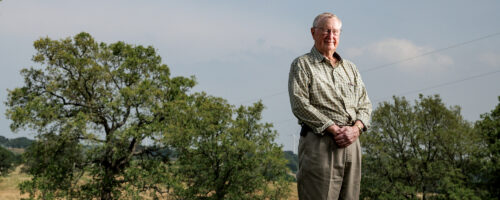
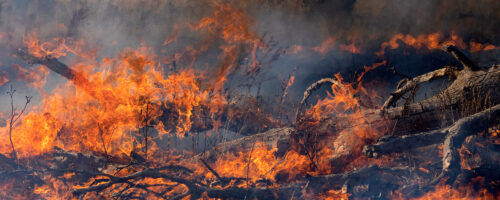
Comment